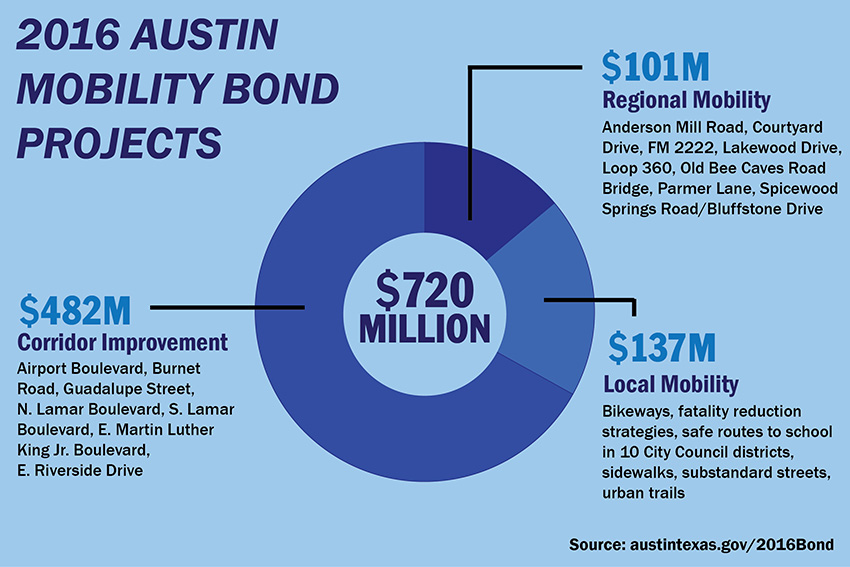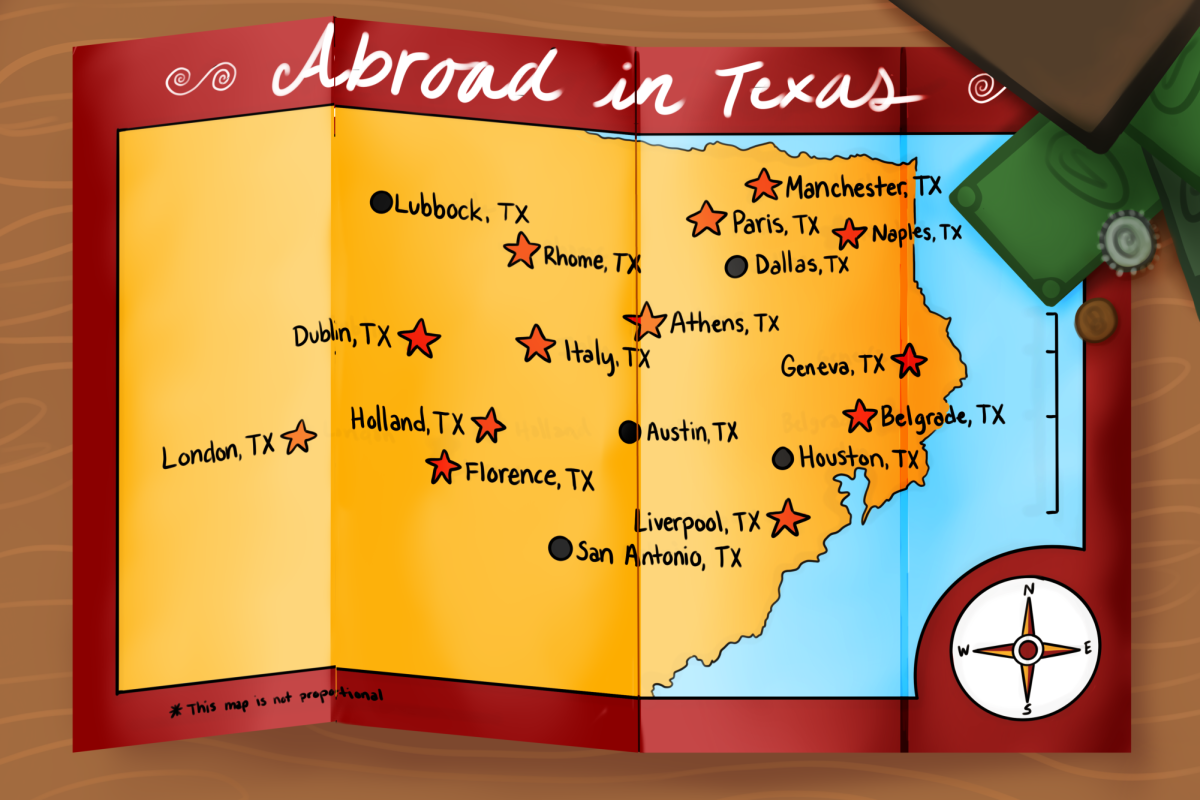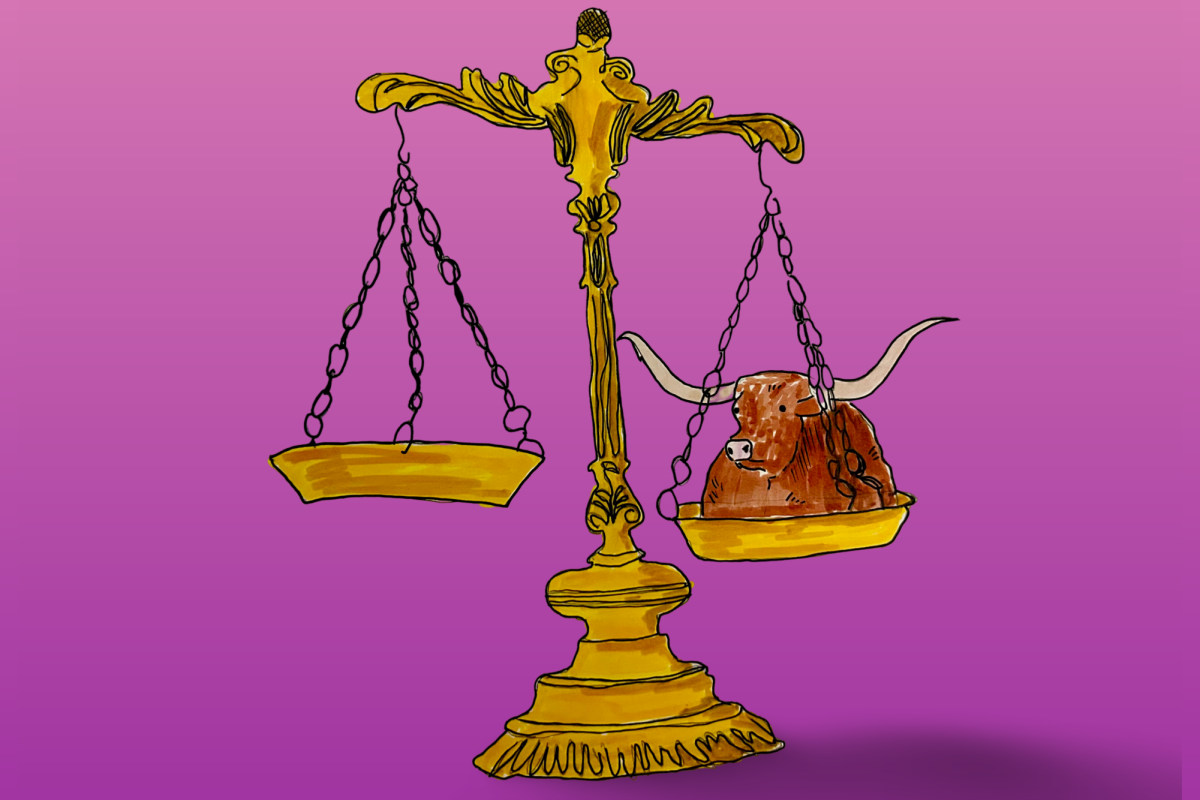Even students who have only recently moved to Austin are hardened veterans when it comes to complaining about traffic. In large part, we’re right to do so — after years of inaction or doing too little, Austin now boasts the fourth-worst traffic in the nation. This November, Austin voters must buck this trend by voting FOR Prop 1.
For the unfamiliar, Mayor Steve Adler’s “Go Big” initiative would fund several infrastructure projects which aim to improve traffic conditions throughout the city at the local, regional and corridor level. Herein lies the strength of Prop 1 — it breaks down a large and intimidating infrastructure project into more manageable parts while simultaneously ensuring that its benefits are evenly spread.
Prop 1 would spend $137 million on local improvements, the most notable of which would expand Austin’s sidewalks and bike lanes, taking some of the strain off of Austin’s overburdened roads and making alternative methods of transportation more viable. It would also spend close to $101 million on regional improvements, including addressing loop 360 intersections.
However, most of Prop 1’s funding would go towards the creation of seven “smart corridors” — including Airport, North and South Lamar, which will receive full makeovers. The purpose of these changes is to decrease congestion while also making Austin’s roads more pedestrian friendly.
Detractors have criticized Prop 1 for being too expensive or overly ambitious. While it’s true that this bond package would cost an unprecedented $720 million, it would only slightly increase property taxes for those owning a home worth over $250,000. So despite the hefty price tag, the potential benefits of better mobility in Austin far outweigh the relatively modest costs.
What makes that price tag viable is that it invests in the whole of Austin, rather than spending all of its funds on transportation options that mildly improve options for commuters from Northwest Hills. Austin’s transportation problems affect the whole city, and making steps toward investing in every resident’s future is a necessary change in approach from previous plans that have placed too much focus on one particular subset of issues. Even if this sweeping proposal doesn’t solve all of Austin’s many traffic woes, it’s still a sorely needed first step.
The ambition this project brings is sorely needed. After years of saying no to bond proposals and limiting improvements to what the state and county are already willing to pay for, Austin has found a way to stay complacent even as the transportation status quo worsens. Now is the time to take a step in the other direction by voting for Proposition 1.













